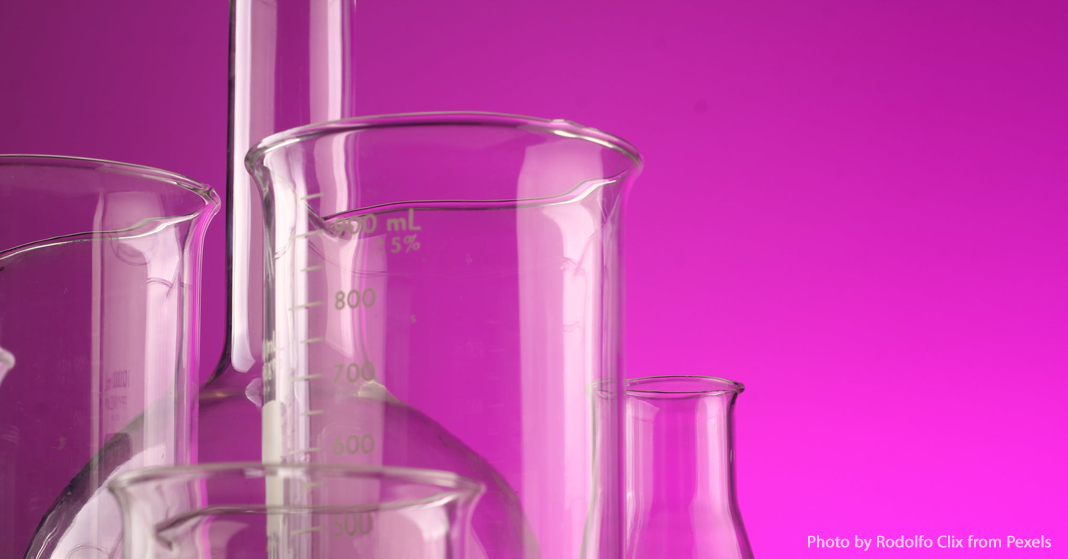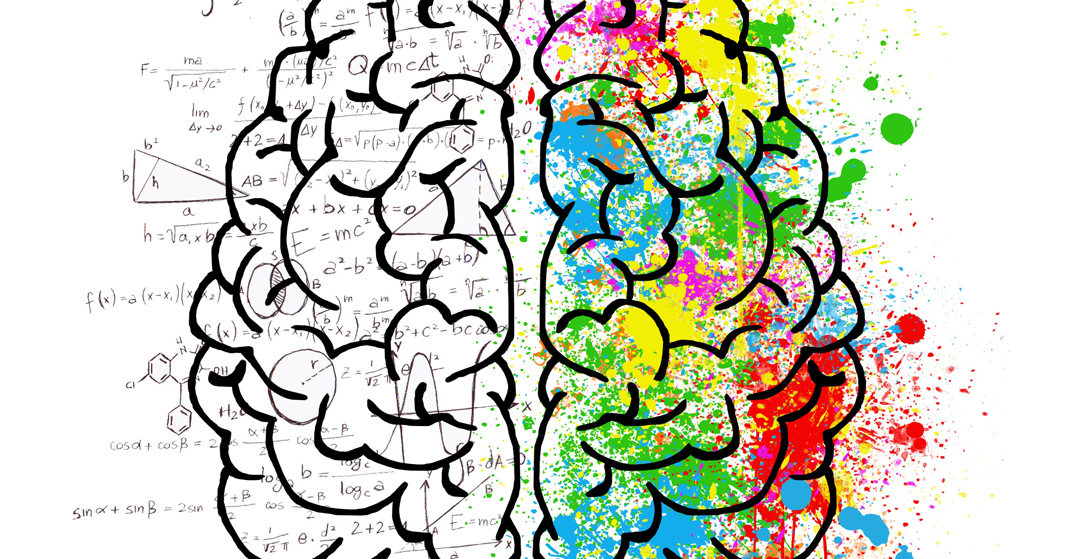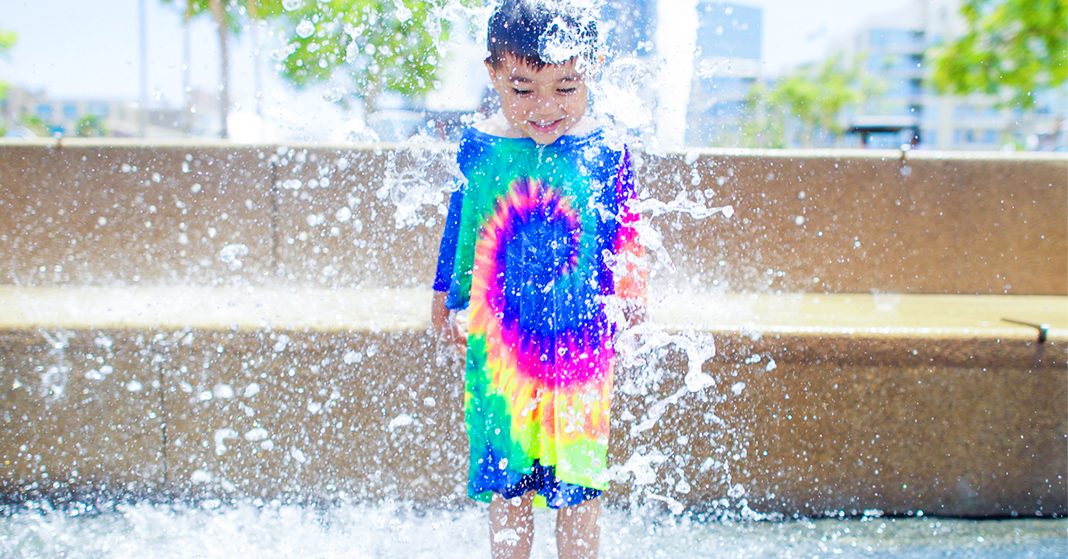
What do I smell? What was that noise? Why is the water so cold? Can we build a tall, tall tower? My toddler is full of questions about her world. You probably remember those days. So many questions! When we think about all these questions, science naturally comes to mind. But science is not about knowing the right answers. It’s about finding ways to answer the right questions. Children are naturally curious. One of the reasons you might homeschool is to focus attention on what your children find interesting. What better way to get hands-on experience answering questions than with labs?
It may be tempting to let your kids read about lab experiments. You may think that watching a video will teach them the answers just as well. But there are three main benefits to doing the labs.
1. We learn better by doing.
To learn any new skill, you have to try it yourself. Lab exercises in science class are not just teaching your children answers for a test. Labs are about building new skills. When I was a biology student, I didn’t particularly enjoy dissections. Why do I need to cut open a preserved animal to learn where all its parts are? I remember sitting in Human Anatomy and Physiology lab in college. We were dissecting cats. On this day we were trying to find blood vessels. I was stuck on one site where a branching vessel should be. It just wasn’t there. I finally sought help. My professor cut a little further down and found the branch. He was so excited that he called over every student in the lab to see it. I was learning how to think about three dimensional objects, or spatial reasoning. But I was also learning that not every specimen follows the rules. Imagine how useful that experience would be to a future surgeon. Spatial reasoning is also critical for engineers, athletes, artists, and more.
2. With labs, we learn to ask the right questions.
During my dissection, I was asking “Why isn’t the branch point where it’s supposed to be?” If I had asked, “Where is it?” I would likely have kept looking until I found it. When doing a lab exercise, your child may get stuck. Encourage her to ask a different question. Over time, and with experience, she will get better at asking the right questions. Questions are the inspiration of science. You can’t have a hypothesis without first having a question. If it’s a good one, it will motivate the pursuit of answers. When you use a lab manual, encourage your child to ask at least one question beyond the manual. Then see if you can find an answer together. A child pursuing his own question will retain more knowledge.
3. We learn to think critically about results of our labs.
The goal of a lab exercise should not merely be getting to the answer. If that were the goal, watching a video would be just as useful. It’s about the process leading up to the result. I recently saw an article on social media about a handwashing experiment. The headline said it was “just in time for flu season.” But the cover photo of several slices of moldy bread made me cringe. We can all agree that handwashing is important. The experiment seemed to support that idea. So why did I cringe? The headline implied that the experiment showed how to prevent the spread of the flu. But the flu is caused by a virus. In fact, most of what makes us sick is viral or bacterial. But a virus and bacteria won’t grow on bread. The experiment actually had nothing to do with the flu or any illness.
What does the experiment tell us? It tells us that there are organisms, including bacteria and mold spores, on our hands and other surfaces. And washing our hands is the best way to get rid of these. Though the headline and cover photo were misleading, mold was still an effective, even stunning and disgusting, way to get that point across. A lab exercise like this one gives students the opportunity to recognize limitations. With the right guided discussion about what an experiment actually reveals, those limitations can be a hidden strength. They teach valuable thinking skills that just watching a video may not be able to teach.
Getting started at home
Laboratory experiences don’t have to be expensive. Many chemicals needed for experiments are already in your home. For example, you probably already have containers of baking soda, vinegar, table salt, and hydrogen peroxide. It’s possible to extract DNA from a strawberry using dish soap, a coffee filter, and rubbing alcohol. An experiment like this is ripe for questions and critical thinking. Can I extract DNA from a different fruit? What about table salt? My cheek cells? Why do I get different amounts of DNA out of different fruits or the cheek cells? What if my DNA extraction from cheek cells is no more productive than the table salt? What might have gone wrong? Can I try a different technique to improve my results?
You may be surprised how long your children will keep going if they are asking the right questions. Personally, I love it when my toddler is just having fun, but I know she’s learning. If you pay attention to what your child is naturally curious about, you can reap the most benefits.
• • • • •
Valerie is a wife and a mother to a very busy toddler. In her free time she enjoys reading all kinds of books. She earned a BS in Biology from Bob Jones University, minoring in Mathematics, and a PhD in Molecular Genetics from Ohio State University. Valerie has 15 years of experience working in research laboratories and has coauthored 8 original research articles. She has also taught several classes and laboratories at the high school and college levels. She currently works as a data analyst and a freelance writer.



